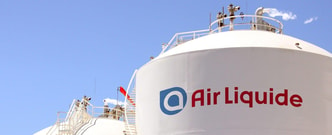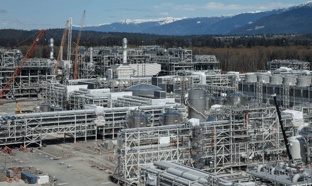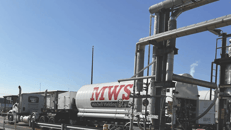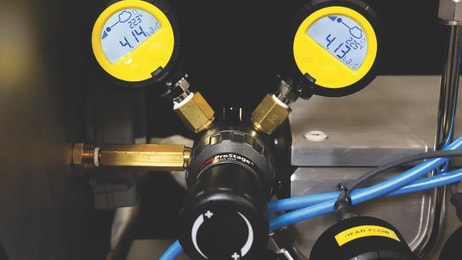Natural gas odorisation: How to control natural gas security with a fast ROI analyser
Natural gas suppliers have changed their pipeline operation procedures, with Local Distribution Companies (LDC) in the US sometimes receiving odorised gas from their suppliers. This means the levels of odorisation can remarkably change in a short period of time.
Why does this matter? The Public Safety Regulations set out by the US Department of Transportation (DOT) – specifically regulation 192.625 (a) – require the addition of odorants to natural gas to assure that it can be detected readily in the case of leaks. It must contain odorant so that at a concentration in air of one-fifth of lower explosive limit (LEL), the gas is detectable by a person with a normal sense of smell.
Typical odorants are sulfur compounds like mercaptans such as tert-butyl mercaptan (TBM), organic sulfides such as dimethyl sulfide (DMS) or mixtures.
... to continue reading you must be subscribed























